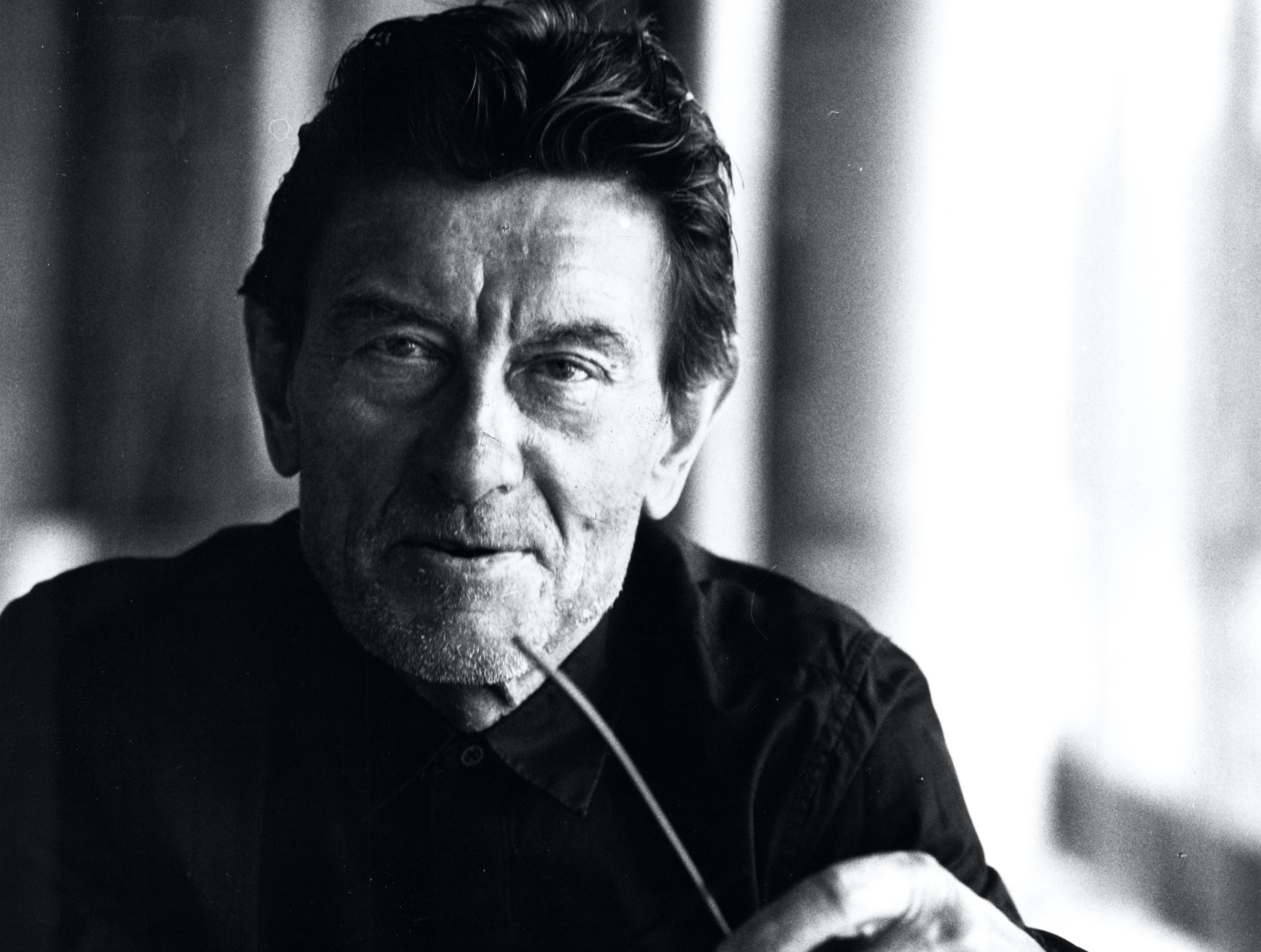Remembering Influential Chicago Architect Helmut Jahn

German-born American architect Helmut Jahn passed away on Saturday, May 8, at 81, after a bicycling accident near his suburban Chicago home. For decades, Jahn was a leading light in Chicago architectural circles, responsible for the design of signature buildings across the city and around the world, ranging from the iconic United Airlines terminal at O’Hare International Airport to the Sony Center in Berlin and the Doha Exhibition Center in Qatar.
Jahn came to the United States in 1966 to study architecture under Mies van der Rohe at Illinois Institute of Technology, though he never finished his degree. Instead, in 1967, at the invitation of former Mies designer (and later College of Architecture Dean) Gene Summers (M.ARCH. ’51), he joined the office of C.F. Murphy. There, he helped design what would become one of the city’s landmark buildings, McCormick Place, which blended daring structural innovation with elegant modernist design—a combination that would become a hallmark of Jahn’s later work. After Murphy retired, Jahn renamed the firm Murphy/Jahn, and eventually simply JAHN.
Jahn was an architect’s architect, equally adept at drawing, designing, and detailing, a powerful presence in rooms full of powerful people, and a dashing social figure whose sartorial sensibilities landed him on the cover of GQ.
His practice and his design inclinations were distinctly international. But once settled in Chicago, he stayed, bringing the city some of its most recognized buildings, including (in addition to the United terminal) the John and Jeanne Rowe Village at Illinois Tech, 55 West Monroe (formerly Xerox), the Chicago Board of Trade Building, and the James R. Thompson Center, perhaps his most controversial building, due in equal measure to fights about its design, construction cost, and maintenance.
Jahn is reported to have quipped that the Thompson Center made his reputation internationally and killed it in Chicago, but he may have spoken too soon. Most of Jahn’s biggest work came after the Thompson Center, and much of it landed quickly and comfortably in the pages of the architectural media.
“Helmut Jahn was one of those rare architects who seamlessly combined high design, high technology, and high-wire showmanship to create buildings—and a persona—that reminded people how architecture, and architects, can continuously inspire,” says Dean and Rowe Family College of Architecture Endowed Chair Reed Kroloff. “He will be remembered as an important part of this city’s remarkable architectural heritage.”
Portrait by Ingrid von Kruse. Courtesy JAHN.